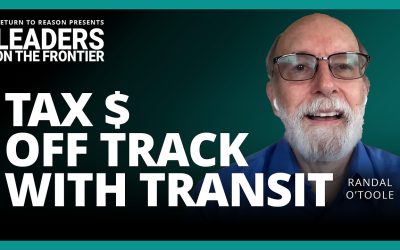Mayor Sam Katz wants to play Moses to Winnipeg’s sea of red lights by synchronizing traffic signals on major city streets.
Katz’s latest re-election pledge is to speed the flow of traffic with the help of “smart” technology – essentially, a network of traffic signals equipped with vehicle-monitoring sensors and the ability to communicate with each other.
“The computerized synchronization of traffic signals can help Winnipeggers move around our city more efficiently and avoid the nuisance of stop-and-start traffic,” Katz said yesterday at the corner of Notre Dame Avenue and McPhillips Street, one of the city’s busier intersections.
“Winnipeg drivers know all too well the frustration of having their commute constantly interrupted by badly timed traffic lights, being needlessly detained and seeing their paycheque go up in gas fumes.”
The only place in Winnipeg where interactive traffic-control technology is used right now is a rectangular section of the Polo Park-area traffic grid, said Luis Escobar, the city’s traffic signals engineer. Roadways such as York and St. Mary avenues use timed lights to ease the pain of rush hour, but do not have traffic sensors or signals that share information, Escobar said.
Katz wants to spend $10 million to $12 million over four or five years to install the new interactive technology on an as-yet-undetermined number of streets. The precise location and number of streets will be left up to city traffic engineers, he said.
Likely candidates include Henderson Highway, McPhillips and Main streets and Fermor, Portage, Grant and Regent avenues, Katz surmised.
The mayor also said the new technology would reduce fuel consumption and, by extension, greenhouse gas emissions because Winnipeg vehicles would spend less time idling if the traffic-control system works as planned. But he did not identify any emission-reduction targets or predict the average amount of time or fuel Winnipeg drivers could save.
Less traffic congestion may also reduce the number of fender-benders on Winnipeg streets, especially when exhaust fog reduces visibility during the winter, suggested Michael Waite, executive director of the Manitoba Safety Council. Most traffic accidents and fatalities occur at city intersections, not on highways, he added.
CAA Manitoba, which represents Winnipeg drivers, also issued a statement in support of the plan.
But Katz’s two most vocal opponents in the race for mayor expressed disbelief he devoted an entire campaign press conference to an issue as “small” as traffic signals.
“What’s happened with Sam is he’s focusing on these very small things, these small ideas. I’m saying we have some big issues to deal with in Winnipeg,” said former NDP MLA Marianne Cerilli, who has made slowing urban sprawl – and reducing the city’s reliance on cars – the main planks of her campaign.
“He’s obviously been doing some polling,” she said.
Fellow left-wing challenger Kaj Hasselriis said speeding the flow of traffic is something Katz easily could have accomplished during his first two years in office.
“This is his grand vision for Winnipeg’s future?” Hasselriis asked. “This is a basic (aspect) of his job.”


